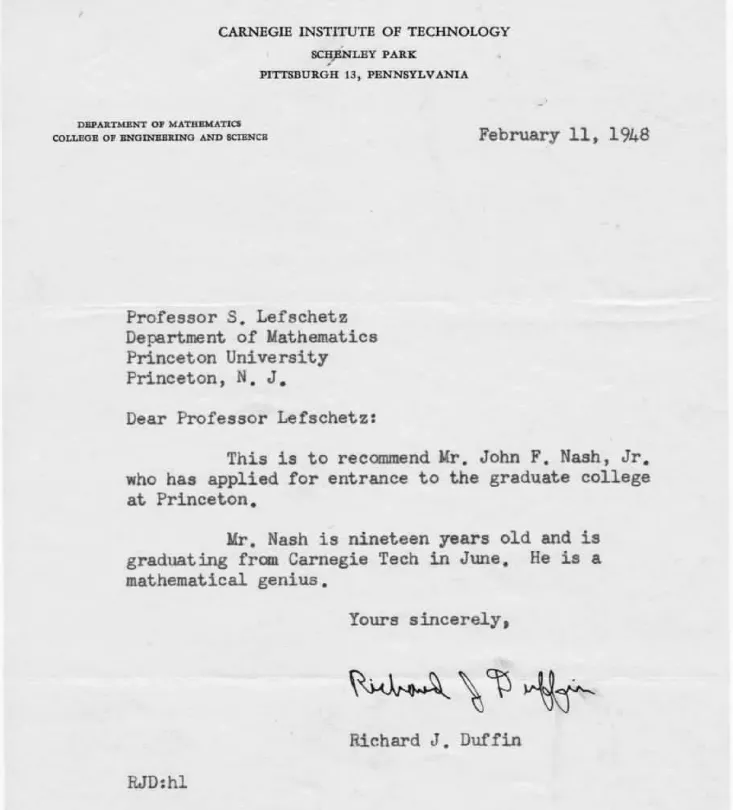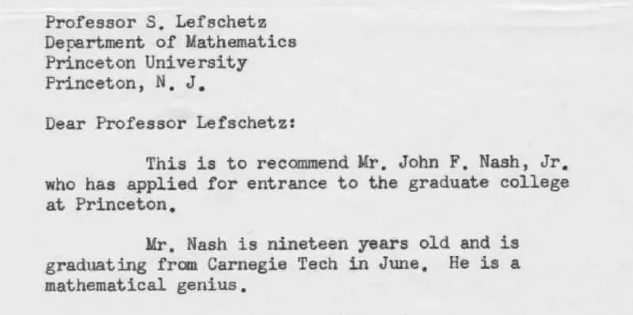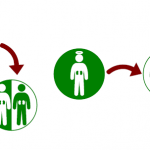Envision yourself directing the recruitment process at a leading firm. The task at hand is to identify the brightest minds in a sea of potential, where each candidate's CV shines with qualifications and accolades. Yet, you're confronted with a persistent challenge – the issue of information asymmetry. How can you truly gauge the calibre of an applicant when the most reliable testimony of their prowess is their own?
Navigating Information Asymmetry in Recruitment
To overcome this dilemma, companies use exhaustive testing like assessment centres, or they require external qualifications and certificates. However, these methods aren't always feasible or reflective of a candidate's true potential. Enter the realm of social networks – not just the connections one has, but the strength of endorsements from those within these networks.
Lots of research has gone into the nexus of social networks in the labour market. Often however these networks are estimated based on socio-economic indicators: if, say, two people live in the same block, or belong to the same minority ethnicity residing in the same suburb, then they are more likely to know each other.
Additionally, social networks are notoriously hard to study because they work both ways: not only do hirers learn about candidate quality, but potential candidates learn about job openings.
The Academic Network: A Case Study of Economics PhDs
Our new study in the journal Labour Economics takes a different approach. Our research isolates the latter function of social networks by looking at a very special labour market, namely the market for fresh Economics PhD students. On this market, a central platform stores all openings. On this platform, all institutions with an interest to hire a new professor register their job ad. This transparency allows us to focus on the pure effect of network endorsements. Additionally, since this is academia, we can actually connect people in a large network simply based on prior work experience, i.e., a joint publication. So these two things set us apart: an actual network and a study subject where social networks work in just one direction.
Then we focus on the academic adviser, who plays an important role in the hiring process. Advisers write recommendation letters, call colleagues in different institutions, and advertise all their students who “are on the market”. Each year this affects about 1k students just in Economics alone.
Our question basically is: Do students benefit from the connectedness of their advisers in terms of first academic employment after graduate school?

This letter of recommendation was sent to the Department of Mathematics, Princeton University in 1984, recommending John Nash. Taken from The Abel Prize.
The network that we look at is composed of more than 250k research articles from 466 journals relevant to Economists. Writing academic papers is what academics do all the time, and mostly they don’t do it alone. As this journey easily lasts multiple years, collaborator bonds can be said to be pretty strong, with frequent exchanges also about other topics. From these 250k documents we extract who worked with whom in which year and establish the corresponding connections. This way we link between 41k and 52k academics.
The connectedness we refer to is simply the Eigenvector centrality of the adviser. The concept of Eigenvector centrality has often been featured on networkpages.nl. It is not merely the number of co-authors an adviser has; it also considers the quality of these connections. In essence, it measures the influence an individual has within the network. The higher the centrality, the greater the adviser's potential to open doors for their students.
The findings are illuminating: advisers with higher Eigenvector centrality significantly boost their mentees' chances of securing positions at prestigious institutions. That means, applicants whose adviser is more connected tend to be hired by better institutions. But there is more to it. We also show that students are more often hired in institutions that are closer to the adviser in the social network. A student is more likely to end up in an institution when there are just two people on the shortest path between the adviser and the closest faculty member, than if there are three people between. The causal underpinning requires some detail which is out of scope for this article, but let us add this: We conduct numerous statistical tests to test our theory.
To sum up, our study confirms empirically that this one aspect of social networks exists not only in theory, but in reality, too: They help decreasing the uncertainty about applicant quality. Why is that? Is it because of information transmission, or is it because of the reputation, or something else, we can’t say. Theory from prior literature however suggests that information diffusion is the primary mechanism.
Implications for the Broader Labour Market
The implications of this research extend beyond academia. It suggests that in any labour market where candidate quality is challenging to assess, the social capital of third parties could play a crucial role in the hiring process. For companies, this underscores the importance of tapping into networks when evaluating candidates, going beyond the surface level of qualifications and certificates.
Moreover, the study sheds light on the strategic value of building and nurturing professional networks. For job seekers, it's a call to actively engage with mentors and industry peers, not just for the opportunities they directly provide, but for the doors their vouching can open.






